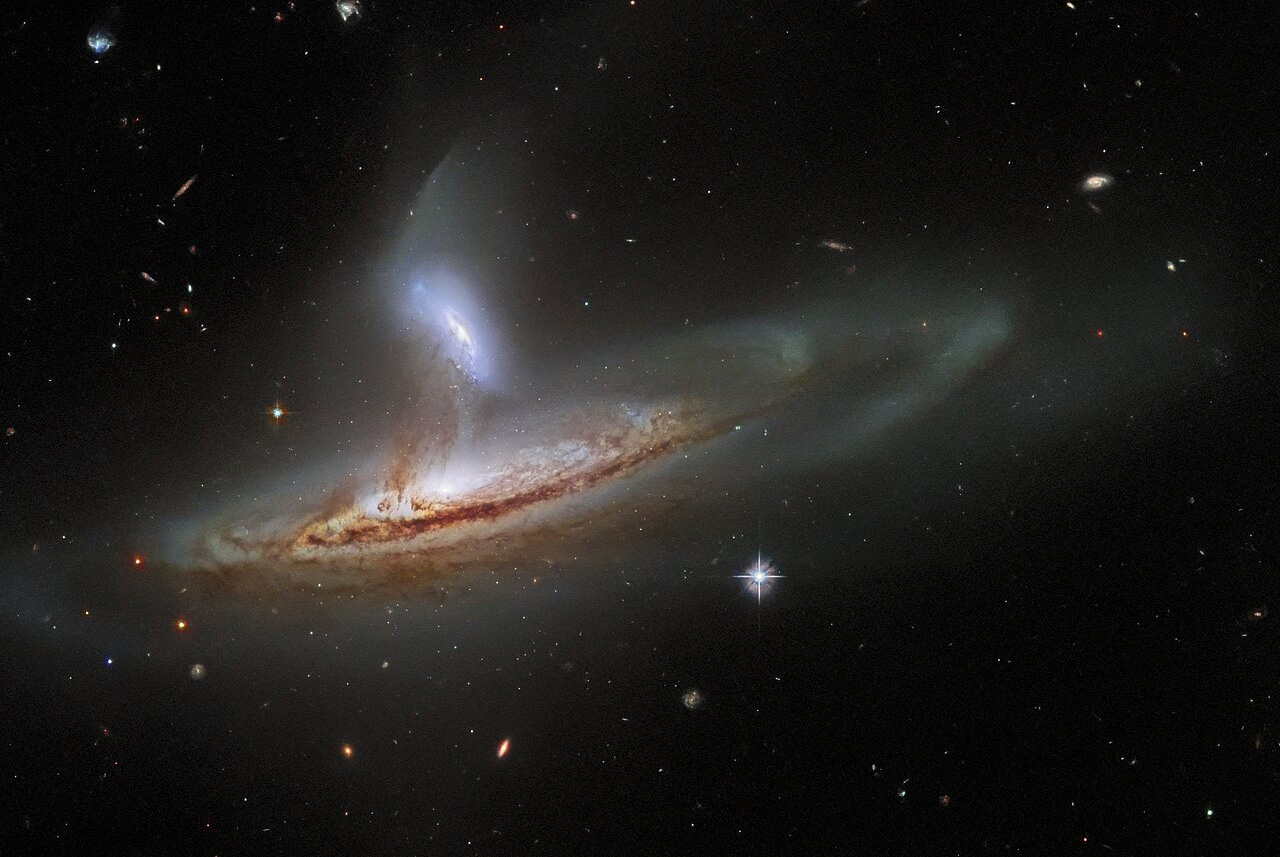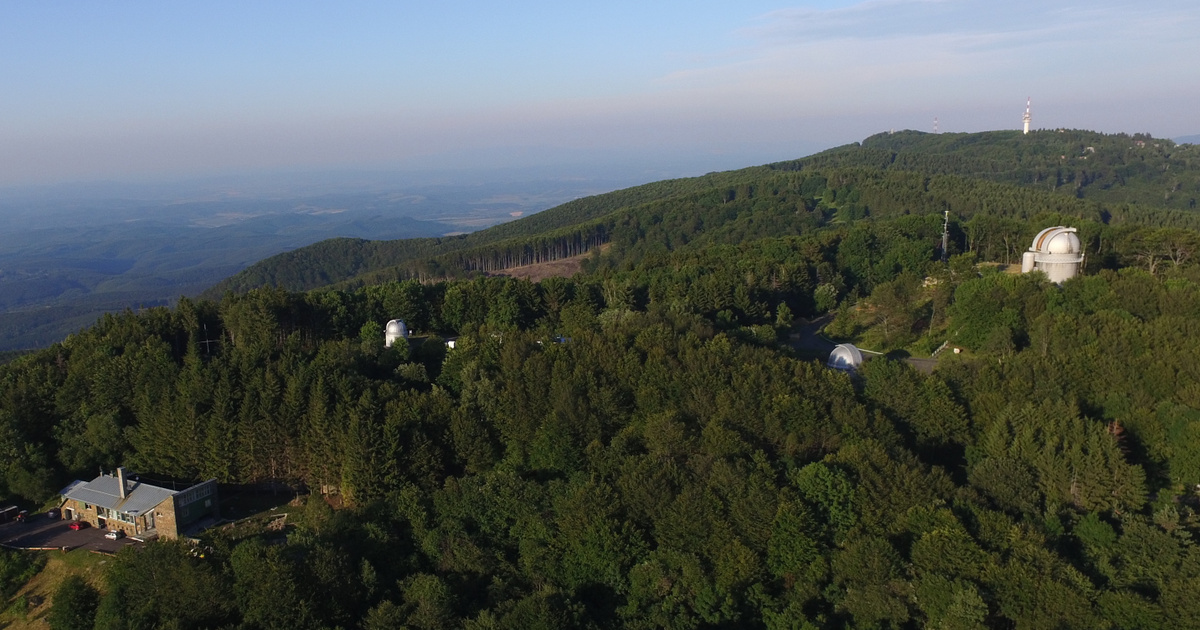On the second day of the year, Hungarian astronomer Kristian Sarnicki discovered a comet that was actually named after him.
The discovery of the orb, now known as C / 2022 A1 (Sárneczky), is a fortune, as the comet moves very quickly and orbits the Sun in the direction opposite to the Earth. The orb was observed on the night of 1 to 2 January by examination of the Piszkéstető observatory using a 60 cm Schmidt telescope. Krisztián Sárneczky.
The astronomer examined a previously unseen hazy spot in the constellation Lynx, and took three images with an exposure time of 104 seconds. From these recordings, as well as other measurements, it became clear to him that he had discovered a very small, hitherto unknown comet.
I’ve been to Piszkéstető for 24 years, looking up at the sky every clear night for a year. I’m mainly looking for near-Earth celestial bodies, and asteroids, but I don’t mind finding anything else at the moment.
The galactic astronomer later told RTL. Other astronomers have taken pictures of the celestial body since its discovery, confirming the discovery.
By the way, the comet will be closest to Earth around 21:20 on Saturday evening, then it is estimated that it travels 47.6 million kilometers from our planet.
It’s a very small comet, and it’s one of the faintest of all. It is about fifty thousand times weaker than comets visible with the naked eye or hand-held telescopes. Its core can be a few tens of meters – up to a hundred meters in diameter – and its nebula ranges from 6 to 8000 km, roughly the size of Mars.
– joint Krisztián Sárneczky, who also said that the comet has only reached the solar system on a whirlwind visit so far, and will be able to return to our planet in the next millennium.
It is not an often recurring comet with a long rotation period. It could take tens of thousands, even hundreds of thousands of years, to get close to Earth again
He made it clear that more observations would be needed in the coming weeks to clarify these figures.
Krisztián Sárneczky is only the third galactic astronomer to have a comet named after him. Miklos Lovas last discovered a comet in Hungary on January 9, 1986, with the same 60 cm telescope from Biszekito. This celestial body is registered as 184P / Lovas, In 2007, it also got close to Earth.
(Cover photo: Piszkéstető Observatory. Photo: Wikipedia commons)












































